The Invention of News: How the world came to know about itself
Yale University Press (Footprint), $49.95 hb, 449 pp
The Invention of News
When St Paul’s burned down in 1561, no one was in any doubt that it was the work of God. The debate – and it was a furious one in the press of the time – concerned what this said about His views on the abolition of the mass. Contemporary press reports of the Battle of Lepanto, the St Bartholomew’s Day Massacre, and the Spanish Armada show how reporting of even the most important events was subject to wide variations in timeliness and accuracy. The church, with its networks of pilgrims and crusaders, played an important role in gathering and disseminating news in the late Middle Ages, but it was often merchants who were behind major advances, sometimes setting up their own networks. When the noise of conflicting reports became overwhelming, they tended to share information and to let everyone work out for themselves, or with friends, what they wanted to believe.
Continue reading for only $10 per month. Subscribe and gain full access to Australian Book Review. Already a subscriber? Sign in. If you need assistance, feel free to contact us.


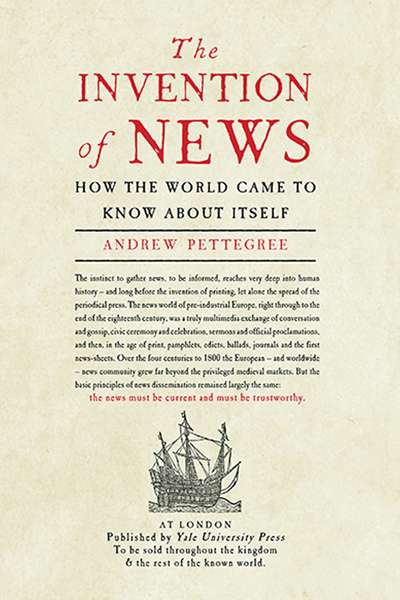

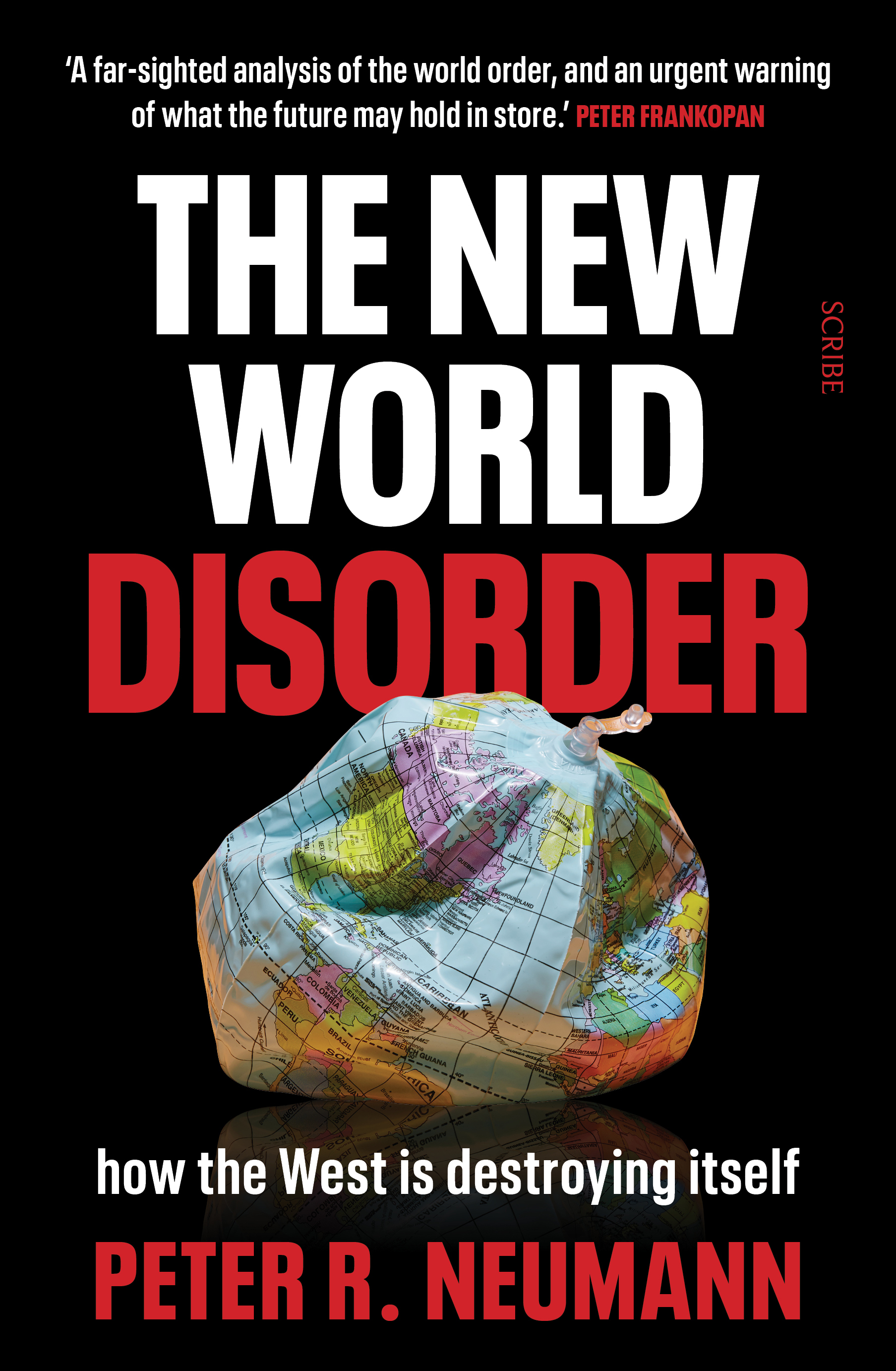
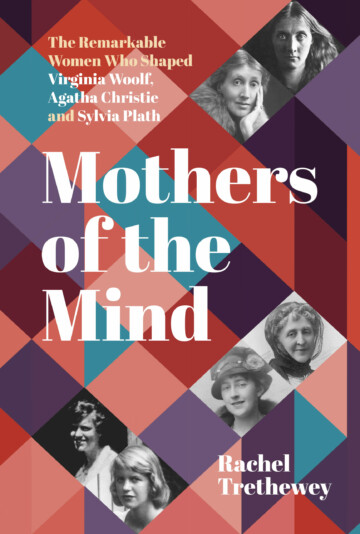
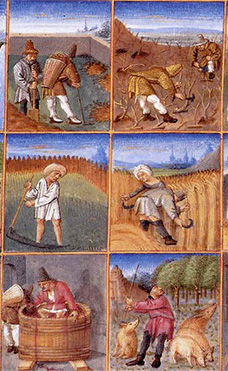
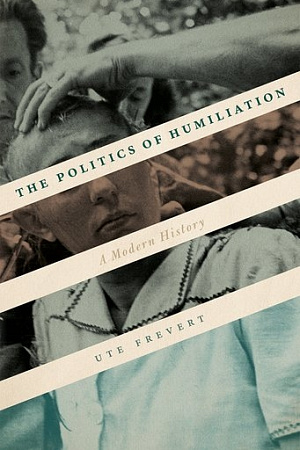
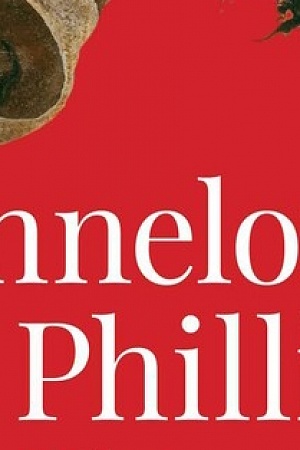
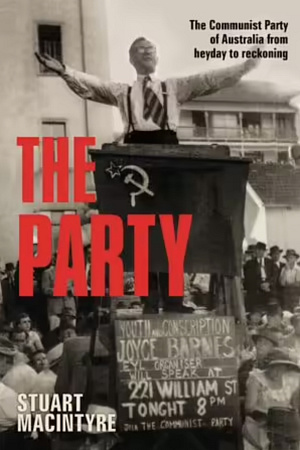
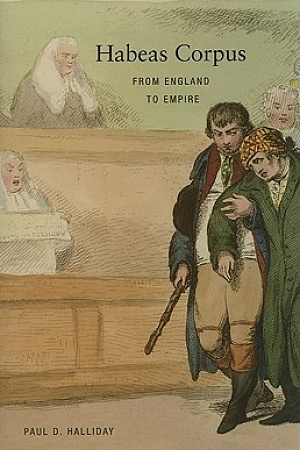
Leave a comment
If you are an ABR subscriber, you will need to sign in to post a comment.
If you have forgotten your sign in details, or if you receive an error message when trying to submit your comment, please email your comment (and the name of the article to which it relates) to ABR Comments. We will review your comment and, subject to approval, we will post it under your name.
Please note that all comments must be approved by ABR and comply with our Terms & Conditions.